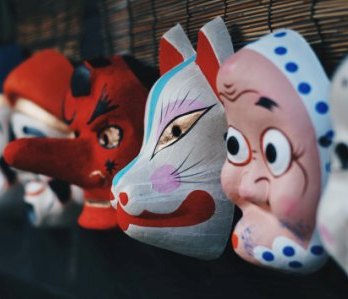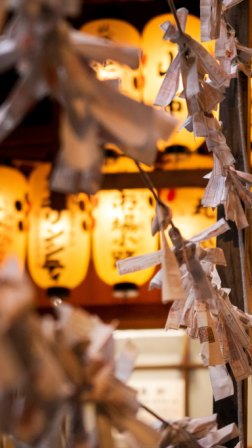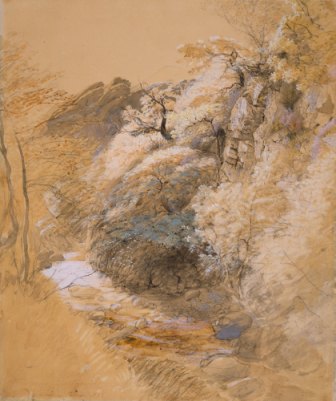 The interplay between Japanese and American art represents a fascinating narrative of cultural fusion, evolution, and mutual inspiration. These two distinct artistic traditions have converged over time, resulting in a vibrant tapestry of creativity that continues to influence the artistic landscapes of both nations. In this article, we will explore the dynamic exchange of ideas between Japanese and American art, highlighting the profound impact it has had on artistic expression.
The interplay between Japanese and American art represents a fascinating narrative of cultural fusion, evolution, and mutual inspiration. These two distinct artistic traditions have converged over time, resulting in a vibrant tapestry of creativity that continues to influence the artistic landscapes of both nations. In this article, we will explore the dynamic exchange of ideas between Japanese and American art, highlighting the profound impact it has had on artistic expression.
Early Encounters
The cross-cultural relationship between Japan and the United States traces its roots back to the mid-19th century when Japan ended its centuries-long isolation and opened its doors to the world. American artists and collectors eagerly embraced Japanese aesthetics, with a particular fascination for the delicate woodblock prints known as ukiyo-e. Visionaries like Vincent van Gogh and Mary Cassatt were deeply moved by the simplicity and emotional depth of Japanese prints, incorporating elements of this art form into their own creative works.
Japonisme

The 19th-century infatuation with Japanese art led to the emergence of a significant artistic movement known as “Japonisme.” This trend, characterized by the adoption of Japanese themes, techniques, and aesthetics, left an indelible mark on American art. Renowned artists like James McNeill Whistler enthusiastically incorporated Japanese principles of asymmetry, flat compositions, and bold color contrasts into their works. This profound influence significantly shaped the development of American Impressionism and the Aesthetic Movement.
Japanese Influence on American Architecture
Beyond the realms of painting and printmaking, Japanese art has significantly impacted American architecture. The “Japanese Pavilion” at the 1876 Centennial Exposition in Philadelphia, designed by architect Joseph Wilson, introduced Americans to the aesthetics of Japanese architectural design. This included the use of natural materials, open spaces, and flowing lines. The influence of Japanese design is evident in various American architectural styles, from Frank Lloyd Wright’s Prairie School architecture to contemporary minimalist designs.
Japanese Woodblock Prints in American Pop Culture
Japanese woodblock prints, celebrated for their captivating imagery and vibrant colors, have permeated American popular culture. The impact of ukiyo-e prints extends to diverse forms of expression, from tattoo art to graphic design. Contemporary artists and illustrators often draw inspiration from Japanese woodblock prints, incorporating elements like vibrant patterns and bold outlines into their work.
Cultural Exchanges in Contemporary Art

The cultural exchange between Japan and the United States remains dynamic and relevant in contemporary art. Many American artists continue to find inspiration in Japanese traditions, whether through ceramics, calligraphy, or Zen philosophy. Simultaneously, Japanese artists engage with American pop culture, such as anime and street art, fostering a reciprocal exchange of ideas and influences.
The Impact of Collectors and Institutions
The contributions of collectors and cultural institutions cannot be underestimated in facilitating the exchange of ideas between Japanese and American art. Museums and galleries on both sides of the Pacific curate collections and host exhibitions that showcase the depth and diversity of this cultural exchange. These institutions serve not only as guardians of Japanese-American artistic connections but also as platforms for contemporary artists to engage in cross-cultural dialogue.
In conclusion, the relationship between Japanese and American art is a narrative of artistic fusion, mutual appreciation, and creative transformation. From the 19th-century Japonisme movement to the ongoing influence in contemporary art, Japanese aesthetics and principles have played a significant role in shaping American artistic expression. This intercultural dialogue continues to enrich both nations’ artistic landscapes, illustrating the enduring power of art to transcend boundaries and foster creativity across the globe.
